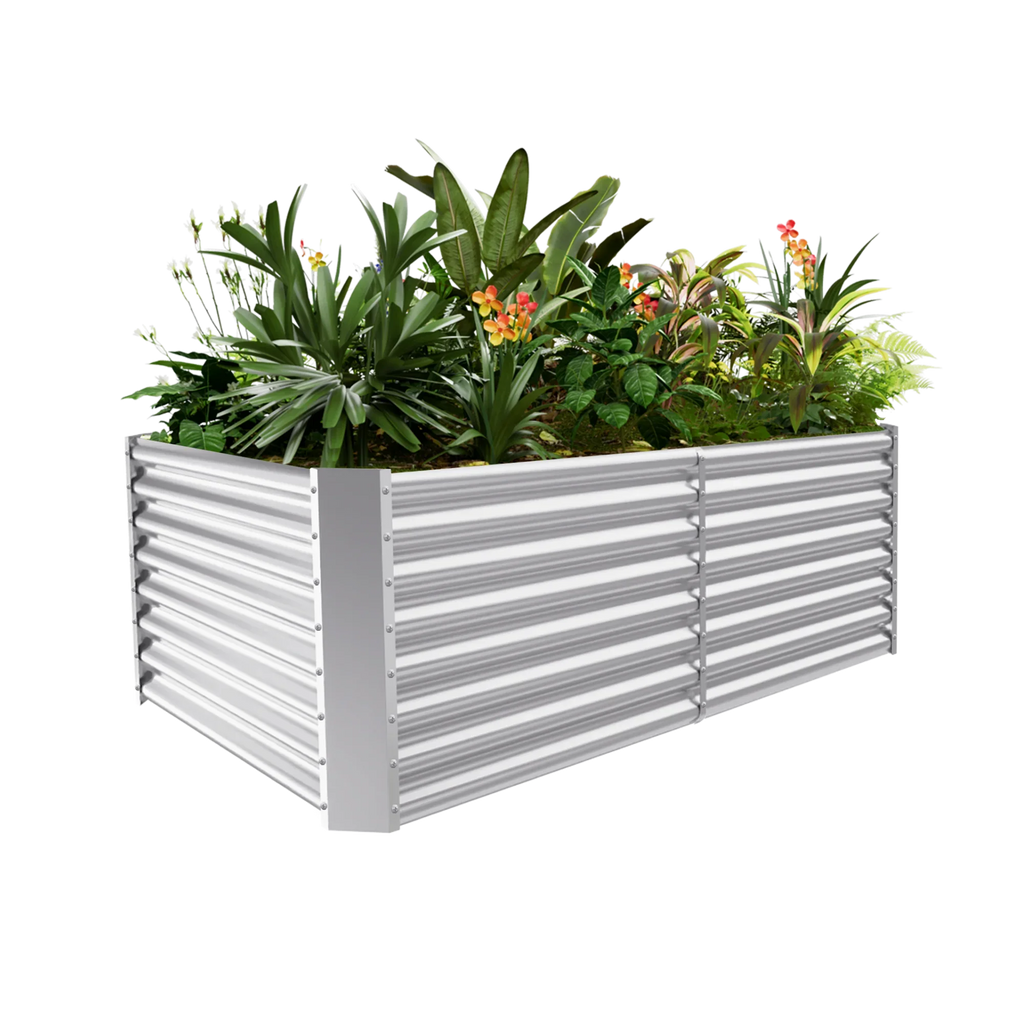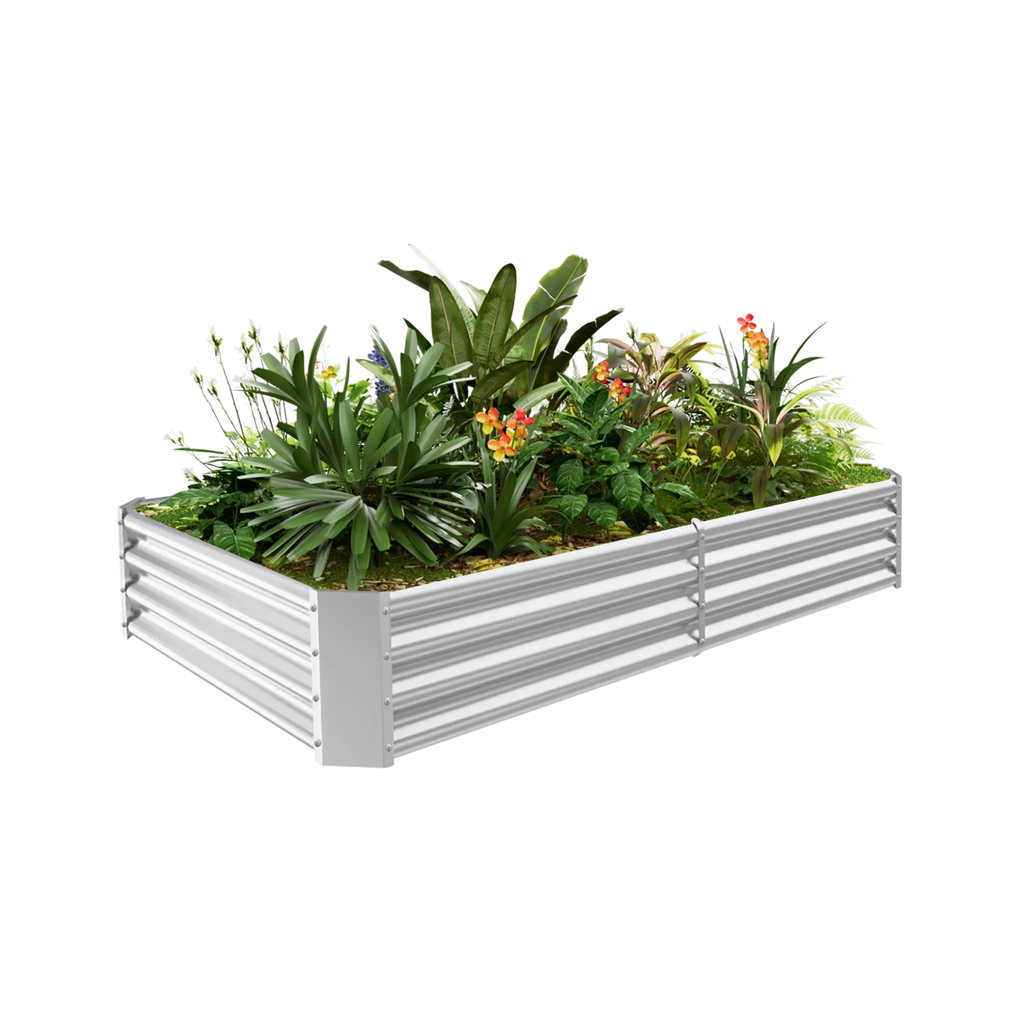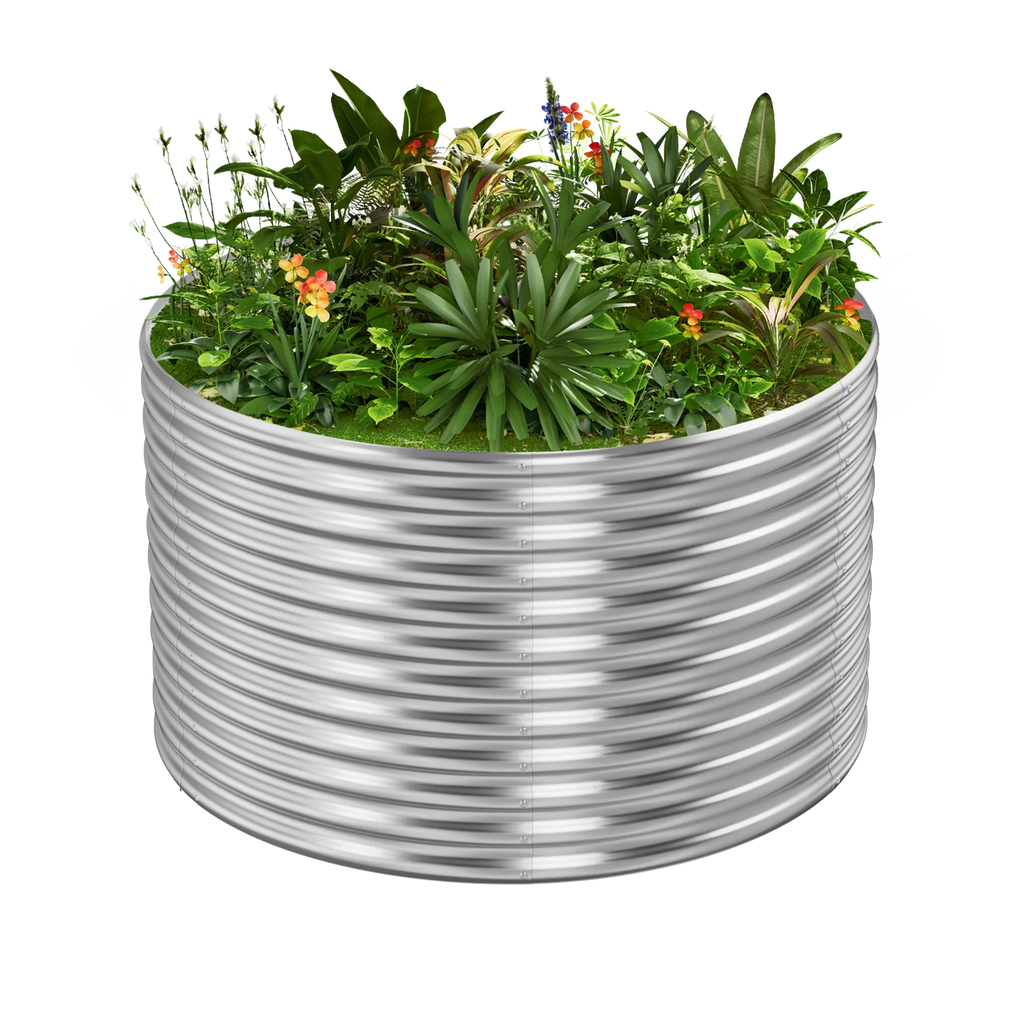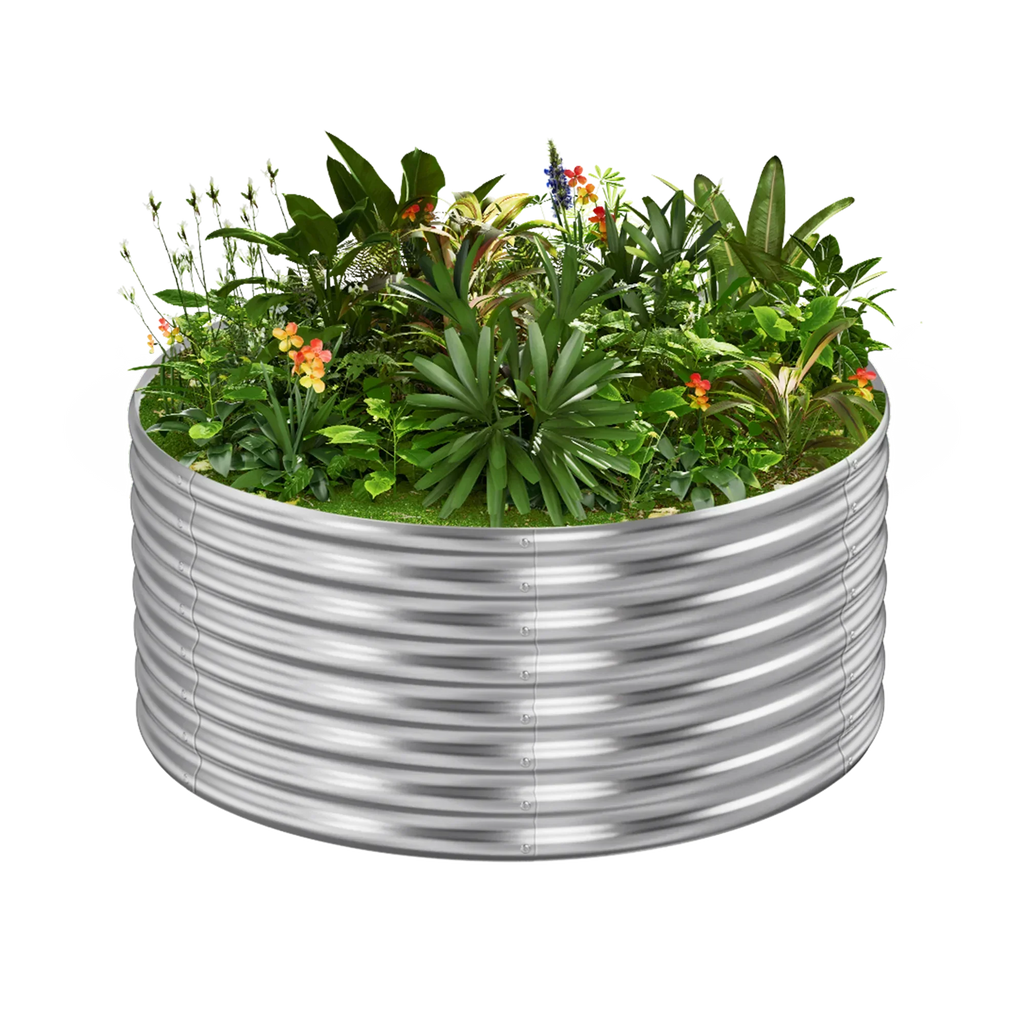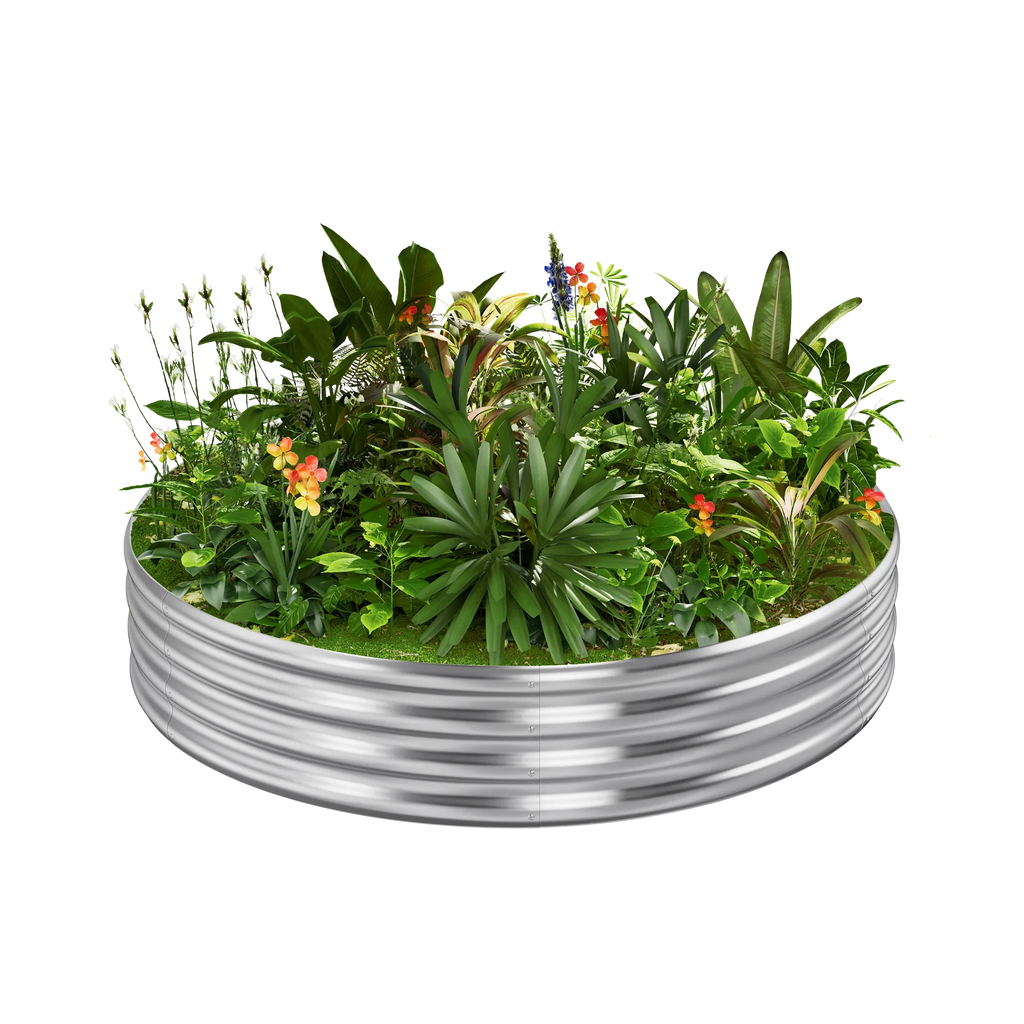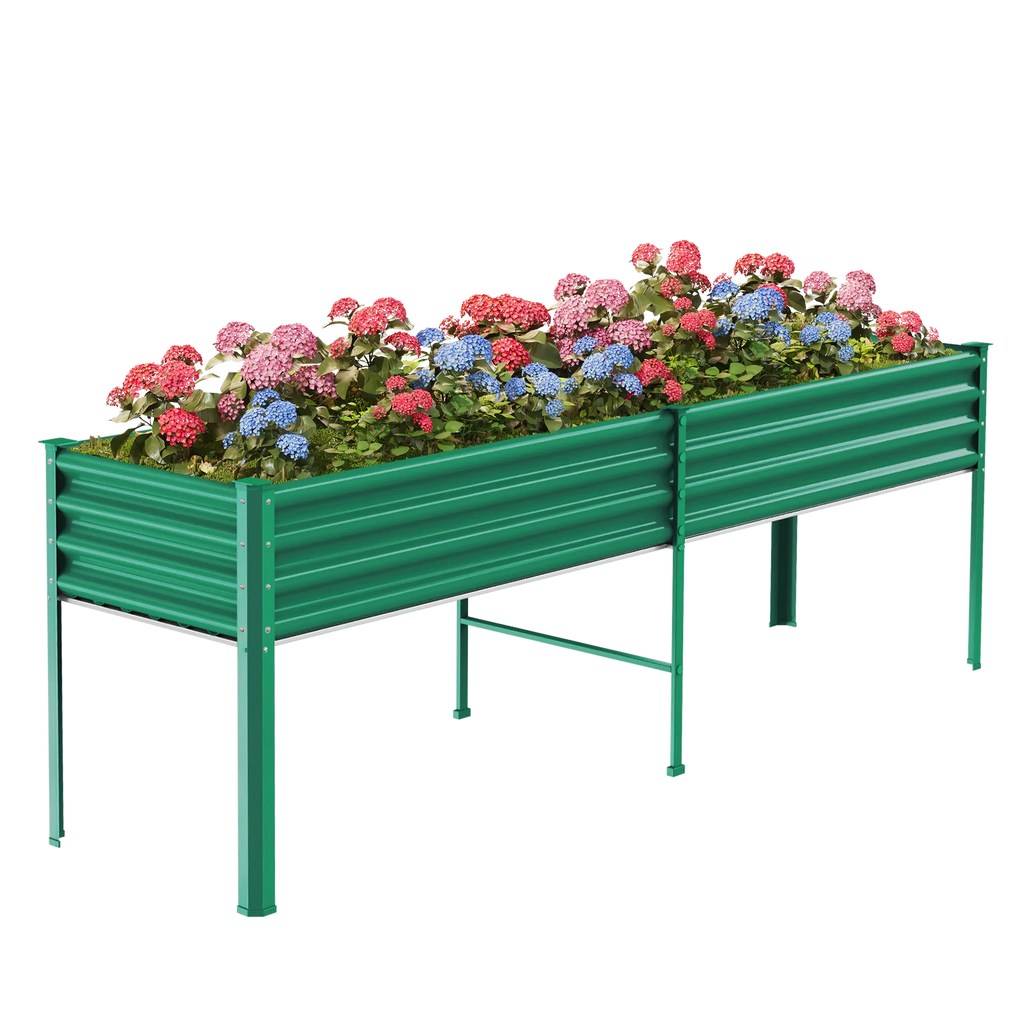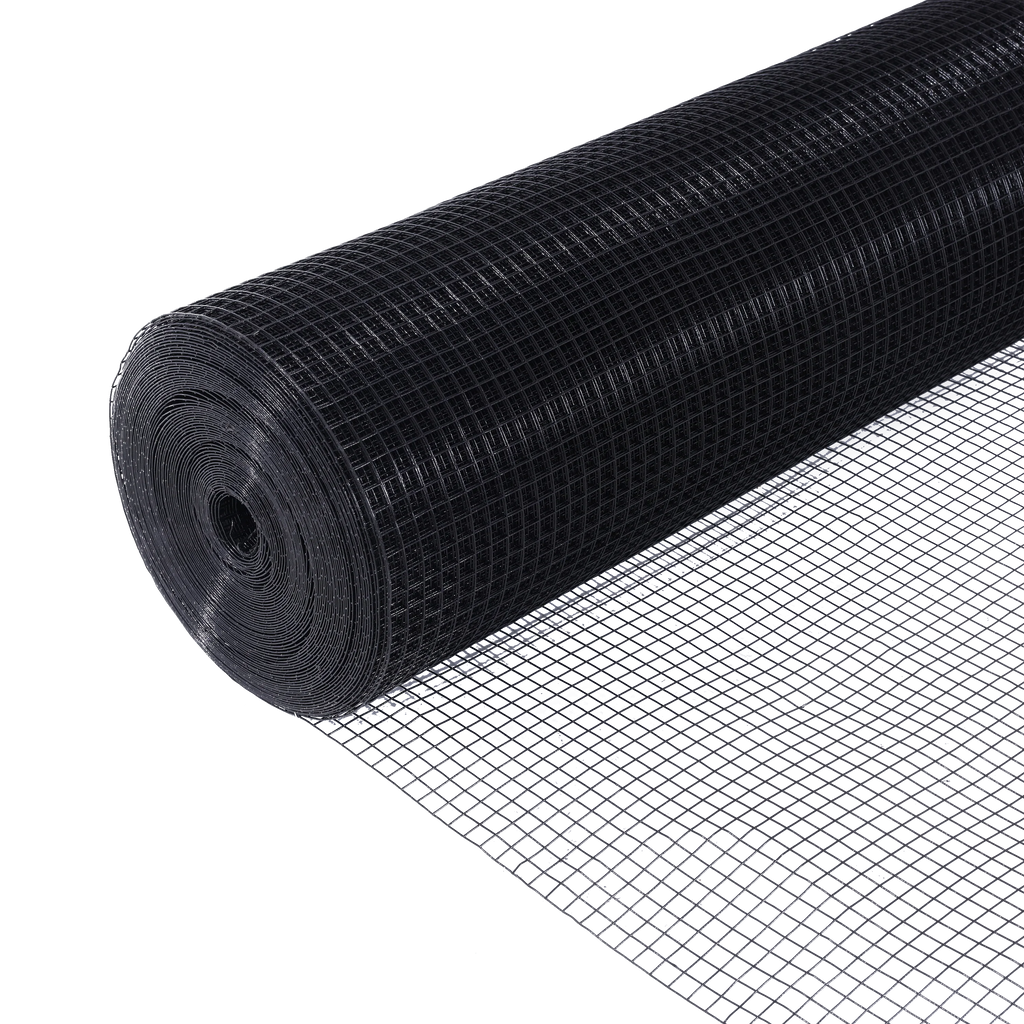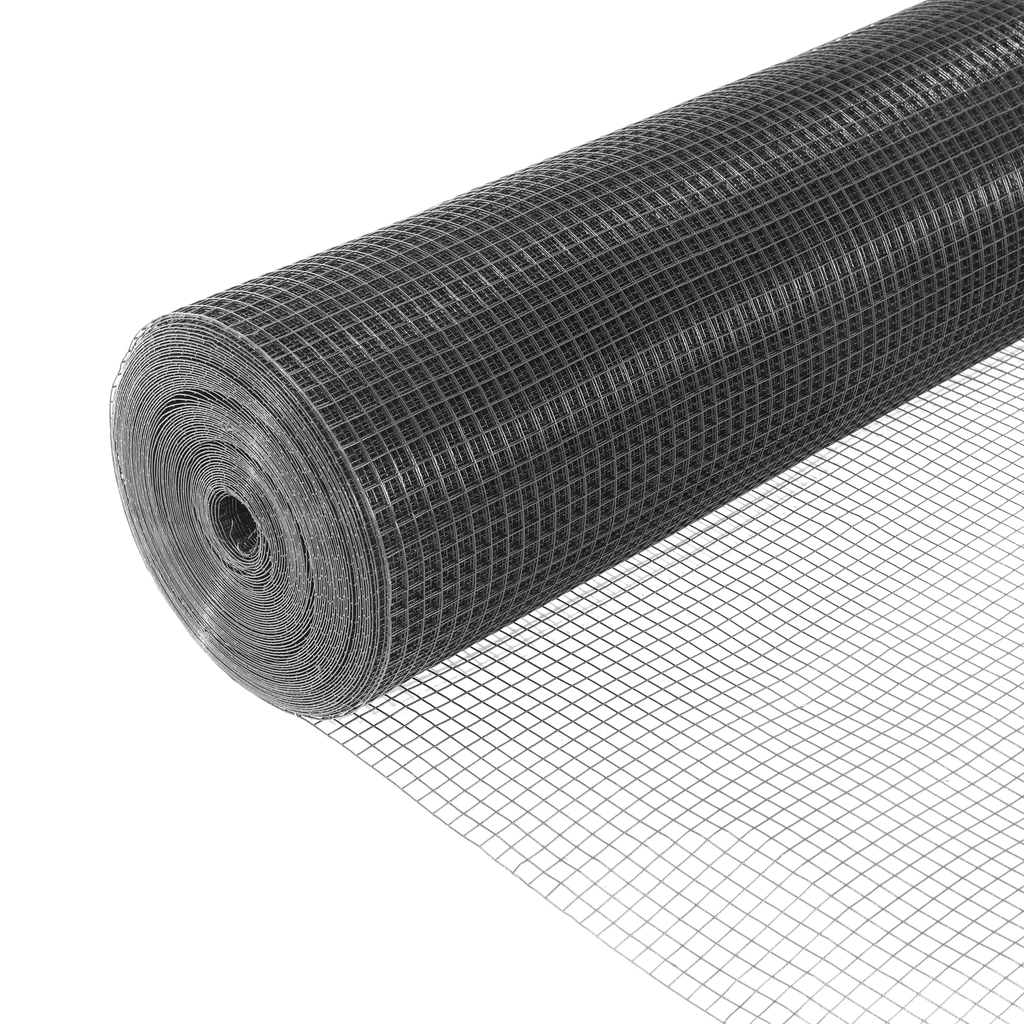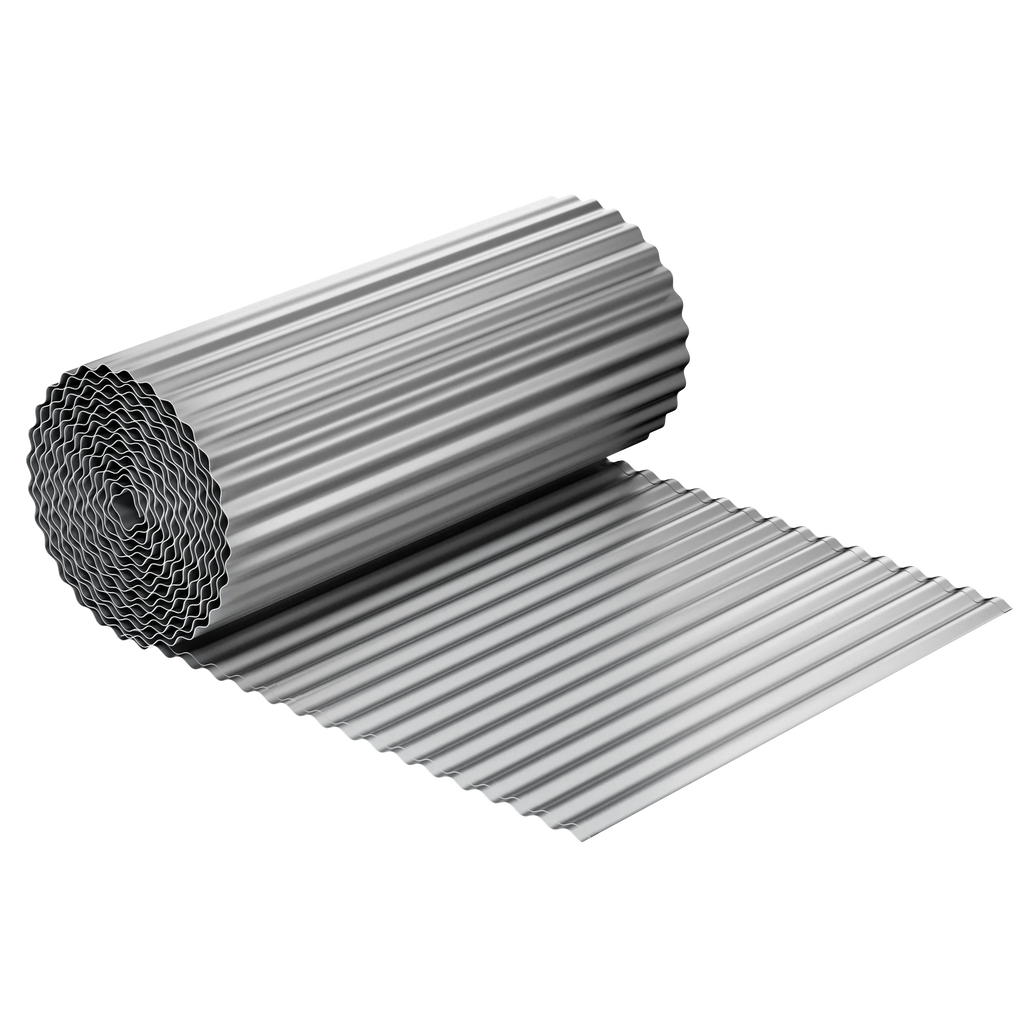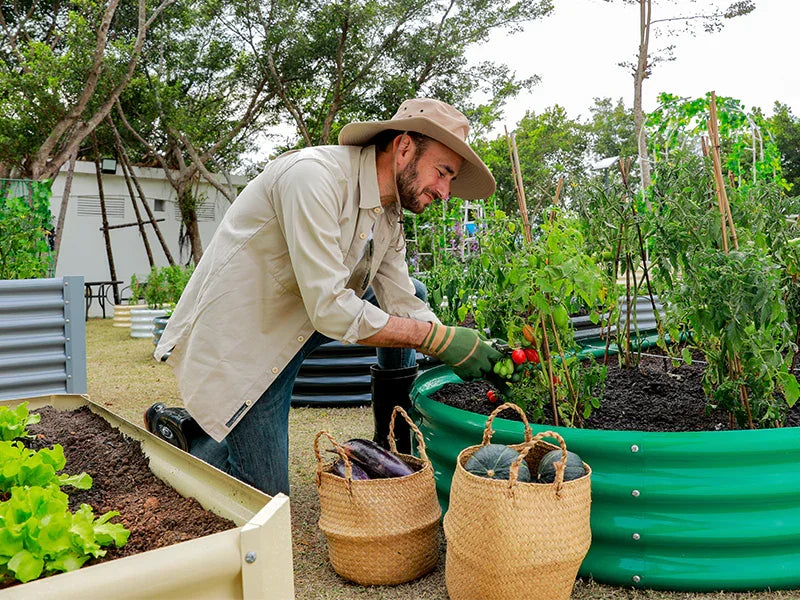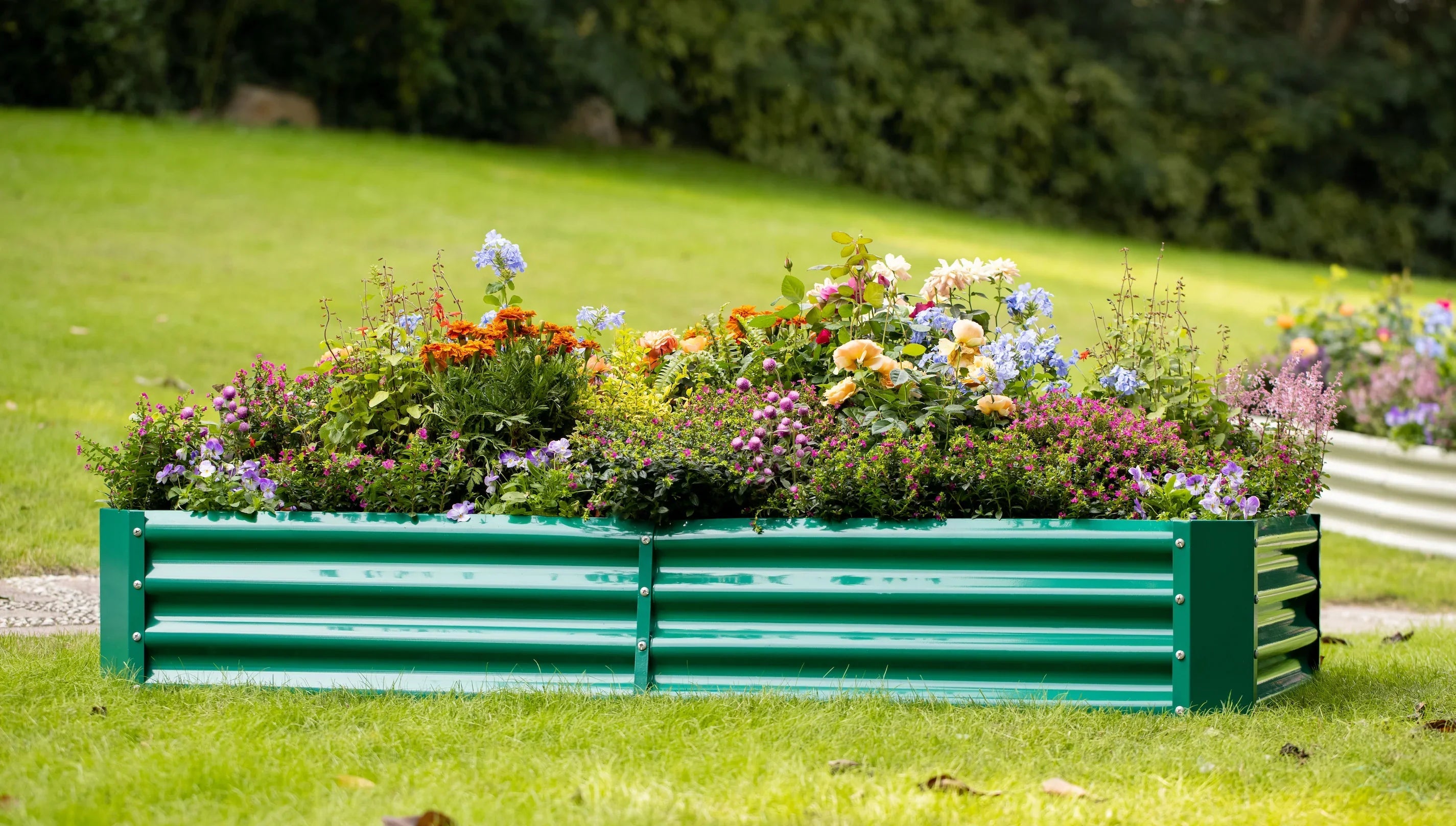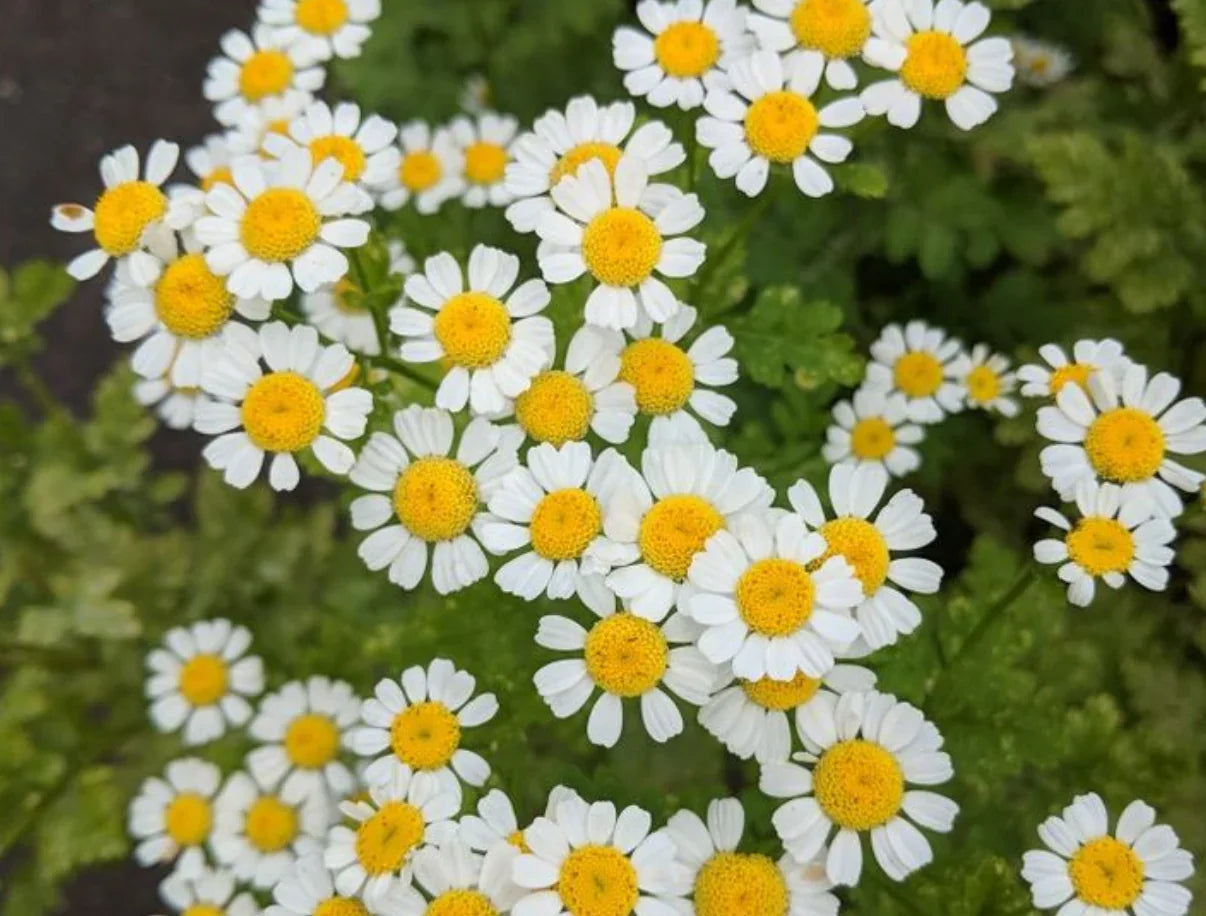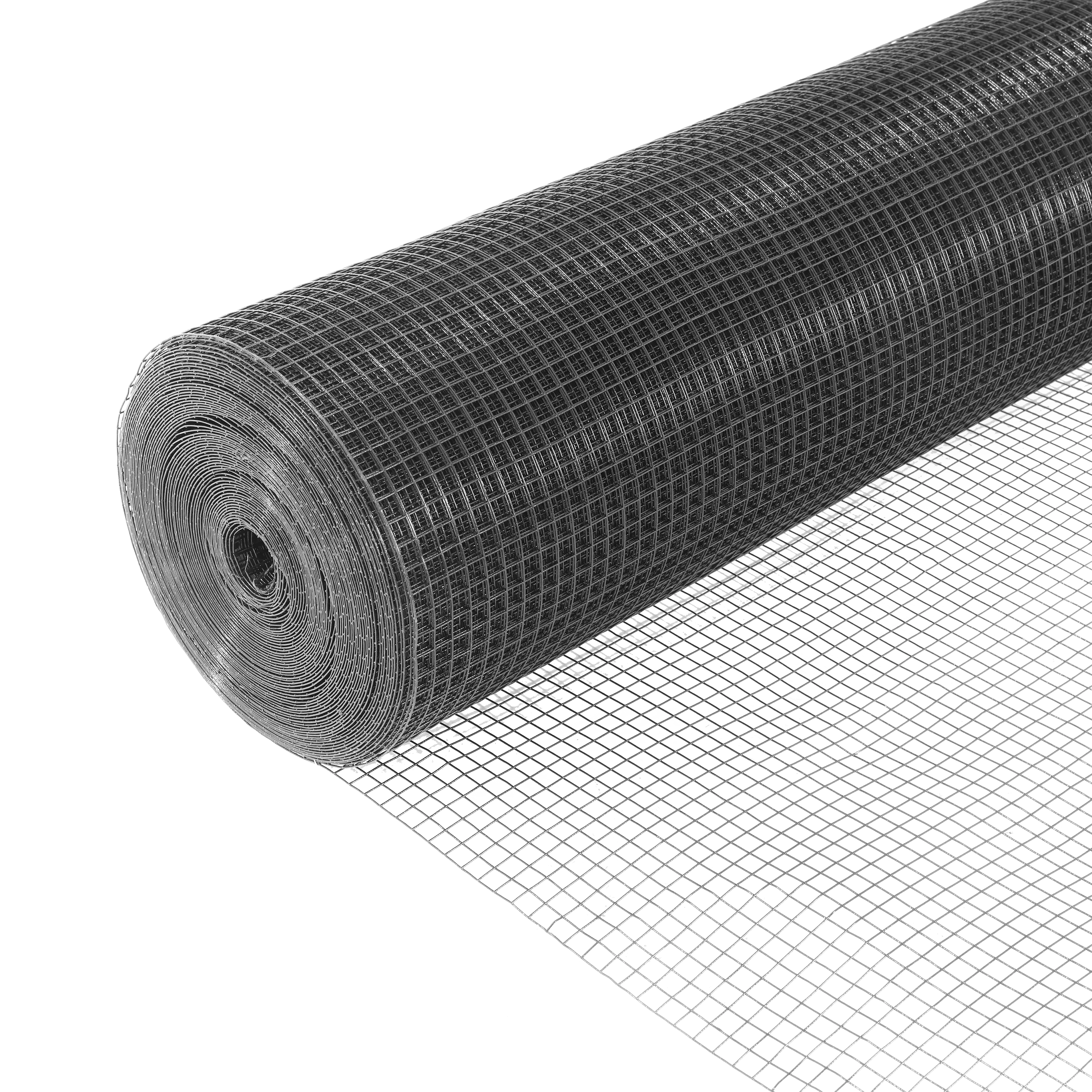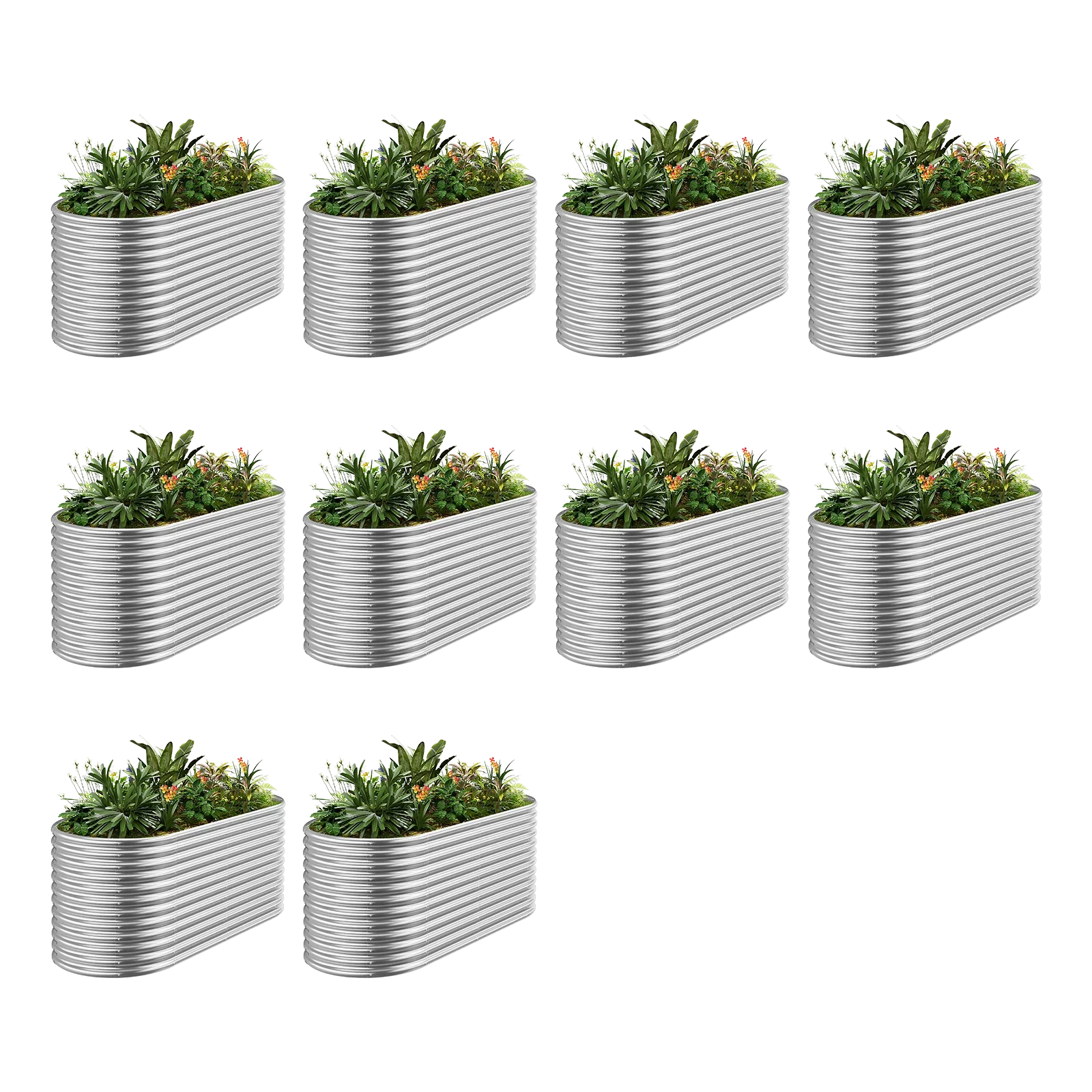Transplanting seedlings into raised garden beds is an exciting step toward a thriving garden, but it can stress those tender young plants. Transplant shock—when seedlings wilt, droop, or grow slowly after being moved—can set you back if you’re not careful. Luckily, with a few smart strategies, you can help your seedlings settle into their new home with ease. Here’s how to transplant seedlings into raised beds while preventing shock, ensuring your plants hit the ground running.
Why Transplanting Matters in Raised Beds
Raised beds offer excellent drainage, better soil control, and easier access, making them ideal for growing vegetables, herbs, or flowers. But seedlings, with their delicate roots, need extra care when moving from pots or trays to the open soil of a raised bed. Timing, preparation, and gentle handling are key to keeping them happy.
1. Time It Right
Timing your transplant can make or break your seedlings’ success.
· When to Transplant: Move seedlings on a cloudy day or in the late afternoon to avoid harsh sun. Early spring or fall, when temperatures are cooler, is ideal for most plants.
· Seedling Readiness: Wait until seedlings have at least two sets of true leaves (not just the first “seed leaves”) and are sturdy enough to handle.
· Why It Helps: Cooler, shadier conditions reduce stress, giving roots time to adjust before facing intense heat or light.
2. Prep the Raised Bed
A well-prepared bed sets the stage for healthy growth.
· Soil Quality: Fill your raised bed with a mix of compost, topsoil, and organic matter for rich, loose soil. Aim for a pH suited to your plants (usually 6.0-7.0).
· Moisture: Water the bed a day before transplanting to ensure the soil is moist but not soggy.
· Spacing: Plan out spacing based on your plants’ needs—crowding leads to weak growth and more shock.
3. Handle Seedlings with Care
Seedlings are fragile, so treat them like the babies they are.
· Water Before Moving: Water seedlings an hour before transplanting to keep roots hydrated.
· Gentle Extraction: Use a spoon or small trowel to scoop out seedlings, keeping the root ball intact. Hold them by leaves, not stems, to avoid damage.
· Root Check: Trim any overly long or damaged roots gently to encourage healthy growth.
4. Transplanting Technique
The actual move is where shock prevention really kicks in.
· Dig the Right Hole: Make a hole in the raised bed slightly larger than the seedling’s root ball.
· Plant at the Same Depth: Set the seedling at the same soil level it was in its pot—too deep or too shallow can stress it out.
· Firm and Water: Press soil gently around the roots and water immediately to settle the soil and hydrate the plant.
5. Post-Transplant Care
Your seedlings need TLC to recover and thrive.
· Shade Them: Use a cloth or temporary cover for a few days to shield from direct sun.
· Water Wisely: Keep soil consistently moist (not waterlogged) for the first week. A light mulch layer can help retain moisture.
· Monitor Growth: Watch for wilting or yellowing. If you spot trouble, add a diluted organic fertilizer to give them a boost.
Common Mistakes to Avoid
· Rushing the Process: Don’t transplant in extreme heat or before seedlings are ready.
· Skipping Hardening Off: Gradually expose seedlings to outdoor conditions over a week to toughen them up.
· Overwatering: Too much water can drown roots, causing more shock than drought.
Conclusion
Transplanting seedlings into raised beds doesn’t have to be stressful for you or your plants. By timing it right, prepping the soil, handling seedlings gently, and giving them proper aftercare, you can prevent transplant shock and set your garden up for success. Get those seedlings settled, and soon you’ll be harvesting the fruits of your labor!










